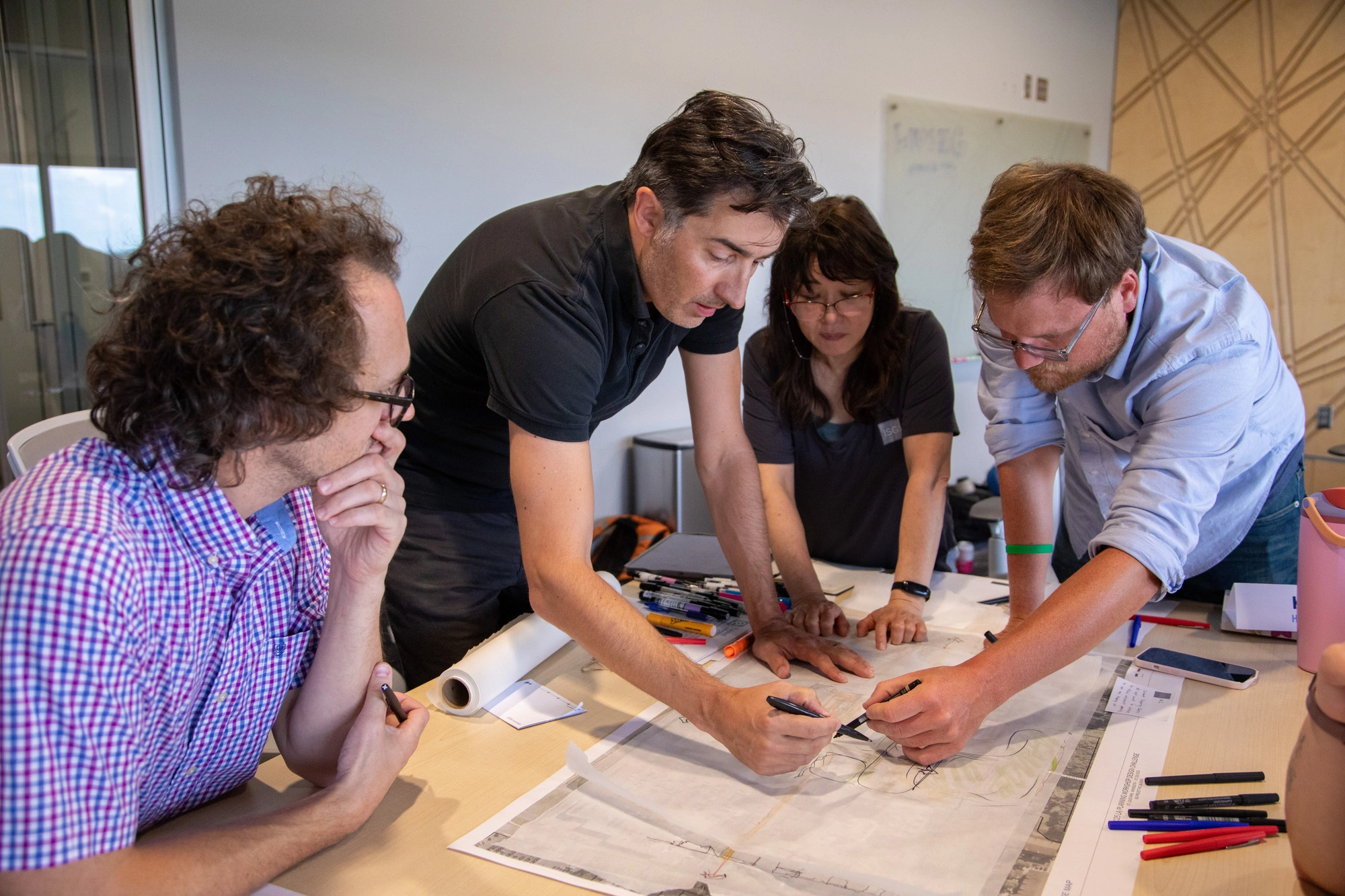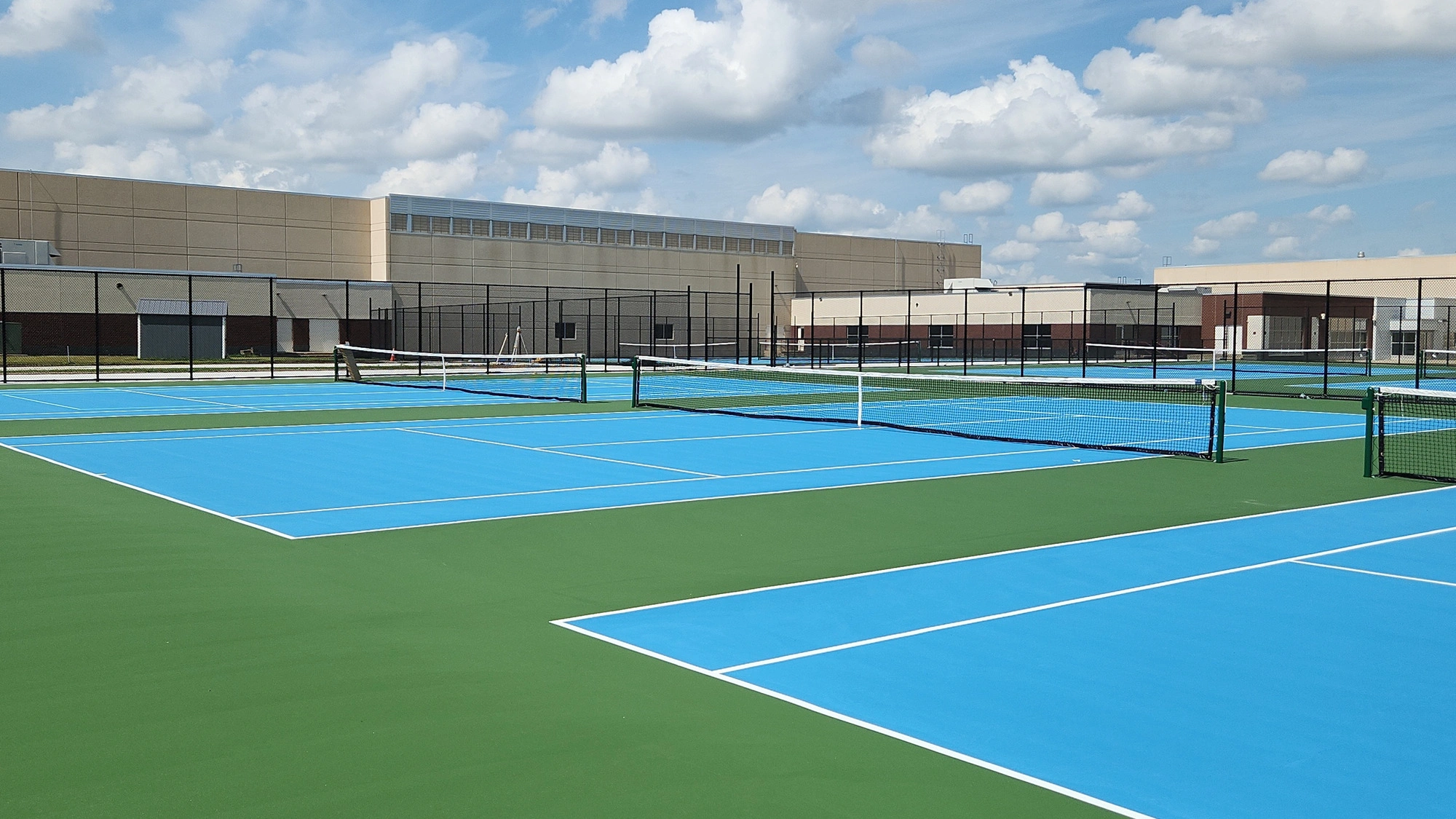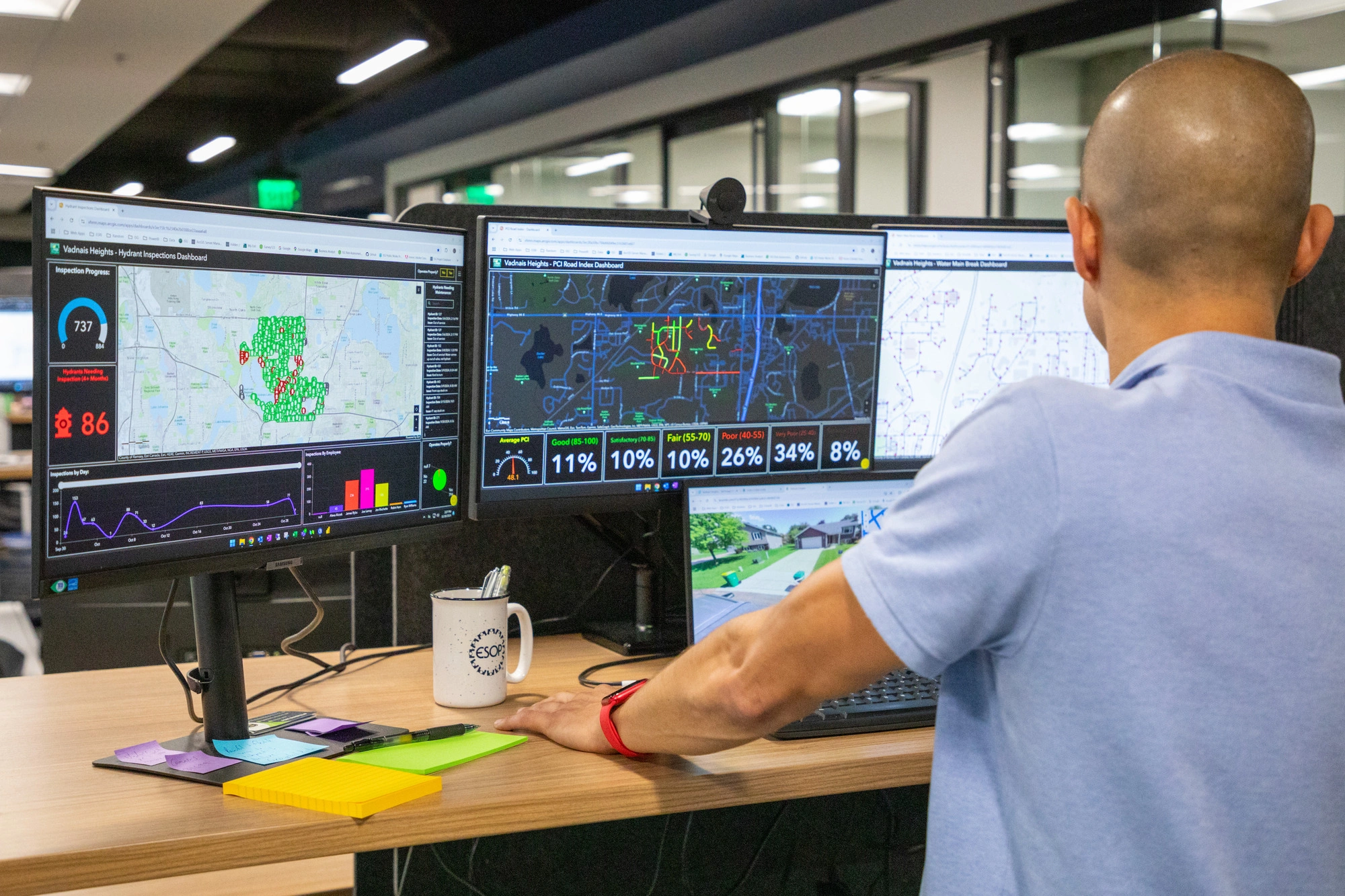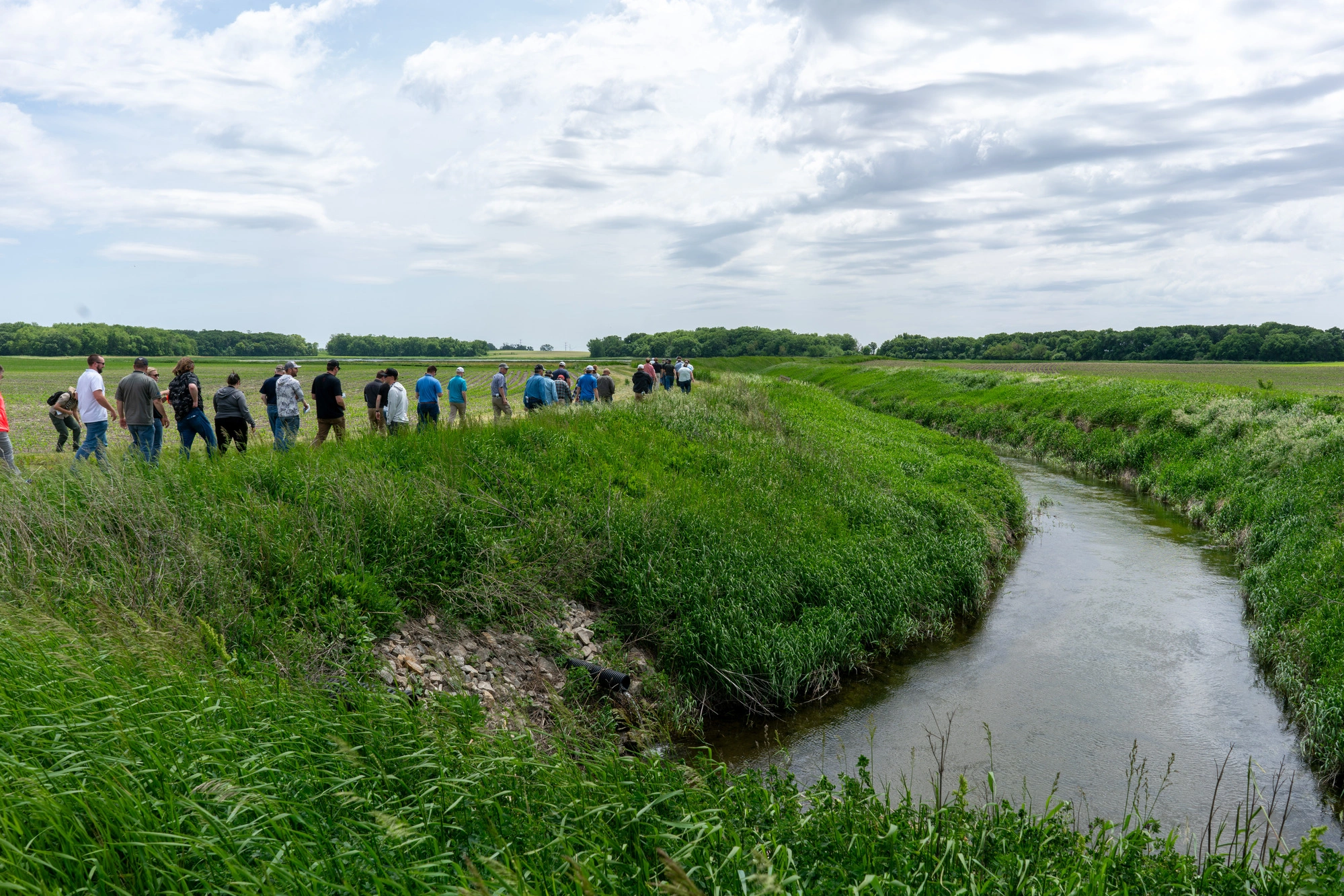Saving the Butterflies, Bugs, and Bats
Mining Challenges + Solutions
The mining industry is accustomed to volatile market changes, but new challenges in environmental protection are a necessary focus for current market activities.
What are the challenges facing today's mining industry?
Engineering firms in mining are constantly adjusting to volatile changes that commonly face these cyclical markets. Amidst pressures already mounting from today’s plummeting oil costs, ISG has been able to offer stability and consistency through typical mining services while helping clients deal with yet another layer of complexity: wildlife species protection.
What considerations must be taken to prepare a site for mining while protecting local species?
The area must first be cleared of vegetation and overburden in a way that poses minimal disruption to the surrounding ecosystems. Occasionally, this means navigating specific regulations in place to protect threatened local species.
Can you tell us about a recent project where your team had to go above and beyond to protect the native species?
To serve our partners in Wisconsin, ISG conducted a wildlife survey for the federally endangered Karner blue butterfly, helping identify existing habitat and potential lupine seeding patterns around the site that would protect the insect’s food supply. It is rewarding to serve our clients, while also serving as good stewards of the land and local species.
Are there other species that have recently been on your team's list?
The Northern Long-Eared Bat (NLEB) was recently listed by the U.S. Fish and Wildlife Service as threatened under the Endangered Species Act. One of our scientists, Lucas "Batman" Mueller is familiar with the White Noise Syndrome (WNS) zones and precautionary measures to take when removing trees within a certain proximity of hibernaculum areas - which are caves, mines, etc.
Join the conversation #ISGEnvironmental #BugsBatsButterflies
Related Articles

.webp)
ISG Recognized as a 2025–26 Emerging Professional Friendly Firm for the Fourth Consecutive Cycle
ISG has been honored as a 2025–26 Emerging Professional Friendly Firm by AIA chapters in North Dakota, South Dakota, Wisconsin, and Minnesota in recognition of its commitment to fair compensation, licensure support, mentorship, and growth for early-career architects.












